Irrevocable damage
Xue Lan, dean of Schwarzman College at Tsinghua University, said that the U.S. and China boast the world's biggest research and development budgets and science and technology work forces. They are also the world's biggest producers of academic literature.
"Collaboration between scientists from both countries has been very close, and this type of cooperation is critical for the global development of science, technology and innovation," he said.
Some notable examples of China's technological contributions include 5G telecommunication, renewable energy and battery technologies, he said. But the U.S. government seems to be trying to systematically decouple with China's science and technology development in recent years.
These measures include imposing export restrictions, limiting China's investment in the U.S., barring Chinese companies' access to U.S. technologies, and investigating U.S. scientists who have collaborated with China.
"All these moves by the U.S. have a clear objective, and that is to achieve scientific and technological decoupling with China," Xue said, adding that these actions have already had a very negative effect on China-U.S. cooperation and relations.
Full scientific and technological decoupling between the two countries would deal a heavy blow to international science and technology development, create a toxic environment for cross-border science collaboration, and bring "irrevocable damage" to progress in science and technology, he said.
Xue said some degree of competition among big nations is inevitable, but it is important to enhance dialogue between China and the U.S. and properly manage the risks.
"We can't let competition go extreme," Xue said.
This will require both sides to clearly define the boundary for competition, and try their best to prevent their tensions from spilling over and undermining the global economy and international community, he said.
China and the U.S. should facilitate collaboration in fields that can build mutual trust, such as climate change, public health and governance of artificial intelligence, he added.
Complementary strength
A report published last year by the Chinese Academy of Sciences' Institutes of Science and Development said the scientific structures of China and the U.S. are highly complementary, in that the two countries may have more research areas to cooperate in than previously thought.
The report, titled "Mapping Science Structure 2021", presented a detailed visual representation of the layout and dynamics of academic knowledge for a country-based on its production of highly cited papers.
Wang Xiaomei, a researcher at the institute who wrote the report, said that the U.S. and China are the world's most active contributors to interdisciplinary research, a key scientific undertaking that will yield practical solutions to major challenges too complex for a single discipline to tackle.
The report said China excelled in interdisciplinary research on nanomaterial-based catalysts and medicine, environmental governance and system control engineering. The U.S. stood out in ecology, botany, gene editing and contagious disease research, among others.
"These data show that the scientific structure of China and the U.S. are highly complementary in many areas, particularly those that are related to sustainable development, like energy, the environment, public health and resource management," she said.
One of the frontier scientific fields that has seen consistent fruitful collaboration between China and the U.S. is astronomy and astrophysics.
Earlier this month, the journal Nature published a study on the discovery of a unique type of fast radio burst, extremely brief but bright flashes in the universe that mysteriously keep exploding with no downtime, unlike other repeating radio bursts that have a clear active and cool-down phase.
Fruitful collaboration
The discovery was first made using the Five-hundred-meter Aperture Spherical Telescope, the world's largest single-dish radio telescope, located in China's Guizhou province.
Later on, U.S. scientists used the Very Large Array radio observatory in New Mexico to locate the source of the burst in the universe, a dwarf galaxy about 3.3 billion light-years from Earth.
Li Di, chief scientist of FAST and the leading scientist behind the international team, said international cooperation has always been a cornerstone of FAST's development and success.
Li was a graduate student of U.S. astronomer Paul Goldsmith, the former director of the famed Arecibo Observatory, which housed the 305-meter radio telescope that opened in 1963 and collapsed in 2020 due to poor maintenance. This made FAST the only megasized radio telescope in the world.
"In a way, we are the next torchbearer of Arecibo, and together we can explore even further into the universe thanks to FAST's unprecedented size and sensitivity," Li said.
Since its opening to the international scientific community last year, FAST has granted research approval to 27 projects from 14 foreign countries, according to the National Astronomical Observatories of the Chinese Academy of Sciences. These included proposals by scientists from the U.S., Canada, Australia, Japan, India, Spain and elsewhere.
"FAST can attract so much interest and support from international peers, because we are all united by curiosity and our shared love for science, exploration and the universe," Li said. "Whenever people have doubts about the value of China-U.S. science cooperation, just let them look at the awe-inspiring FAST and all the work we have accomplished together."








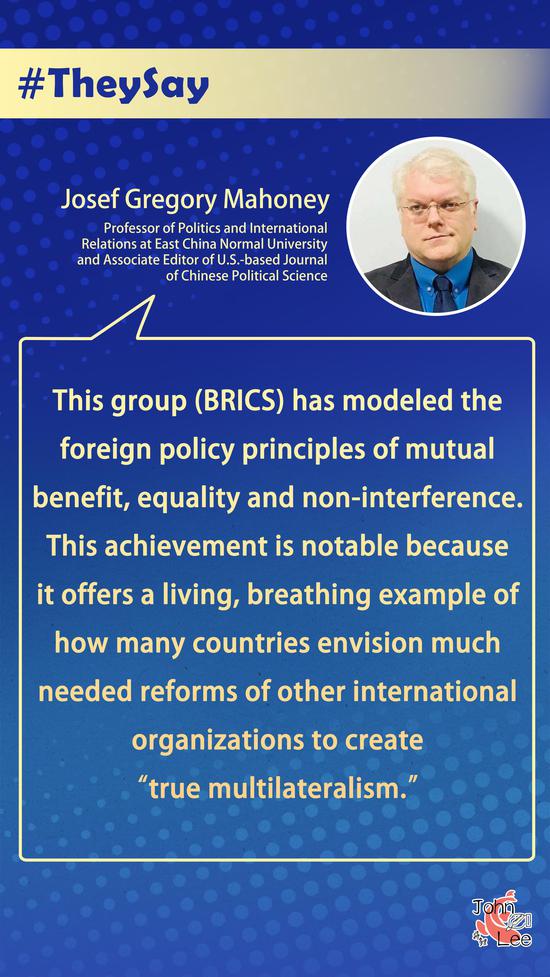

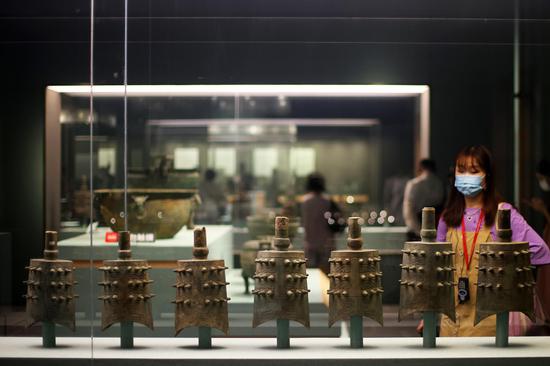



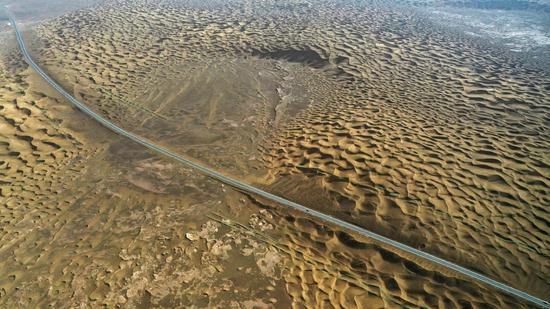

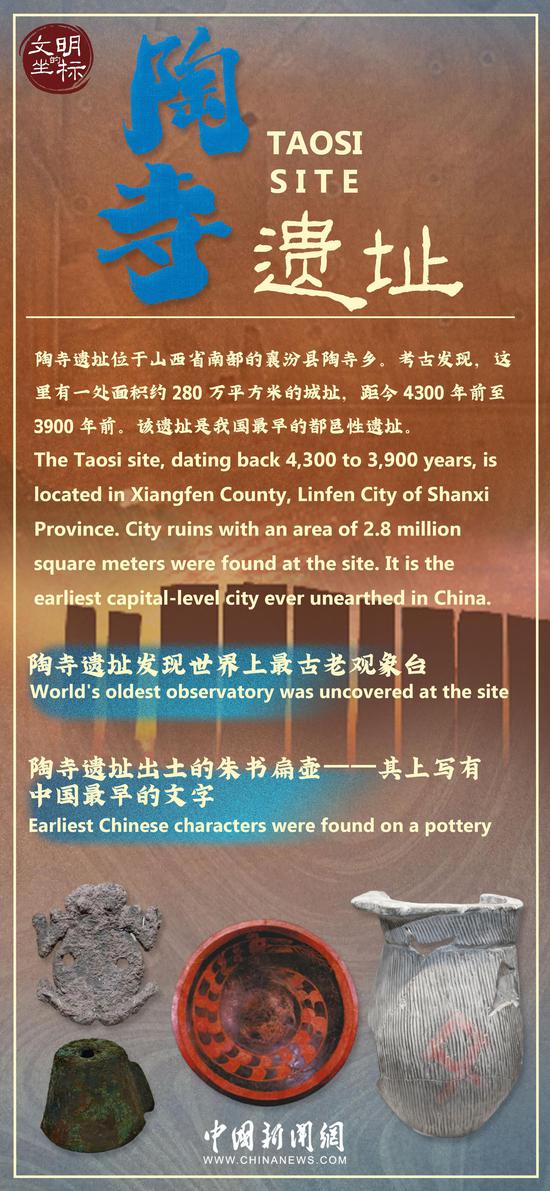

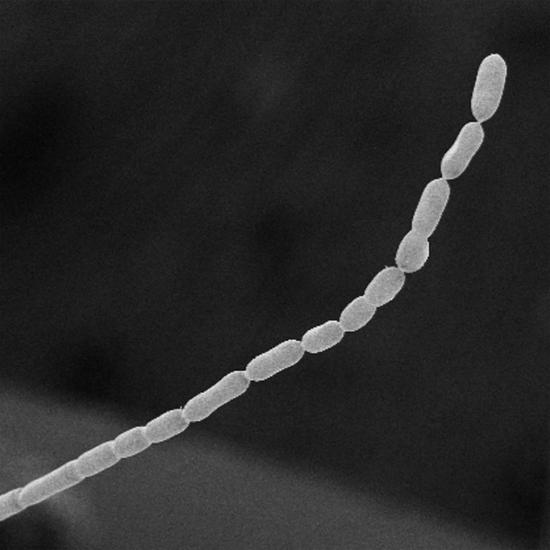


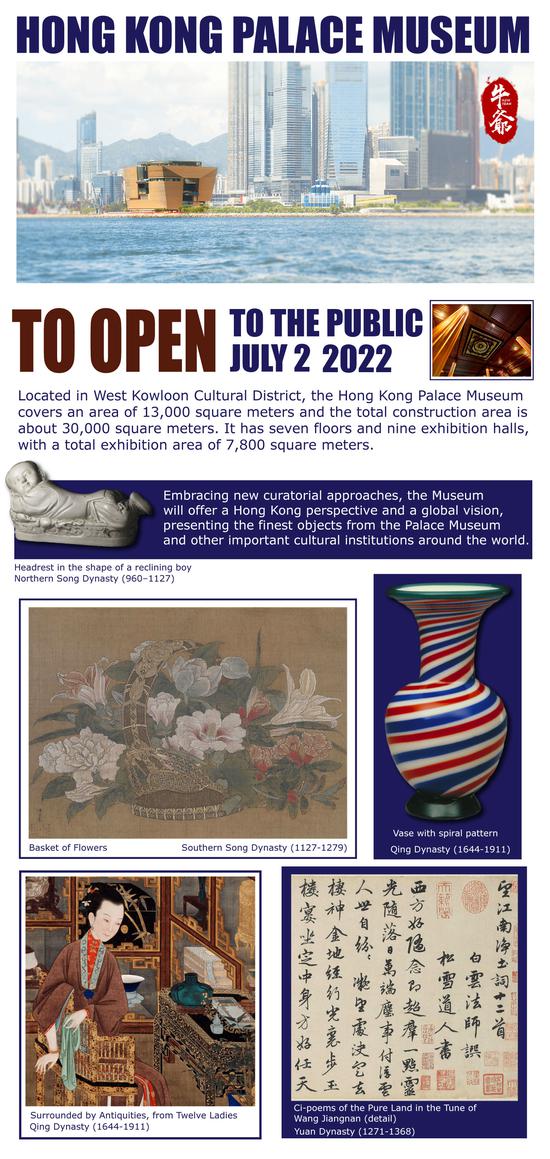

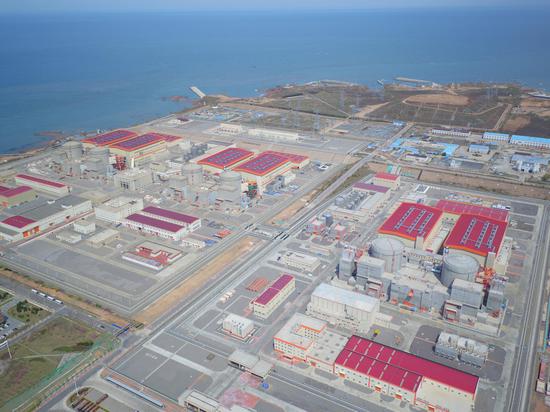

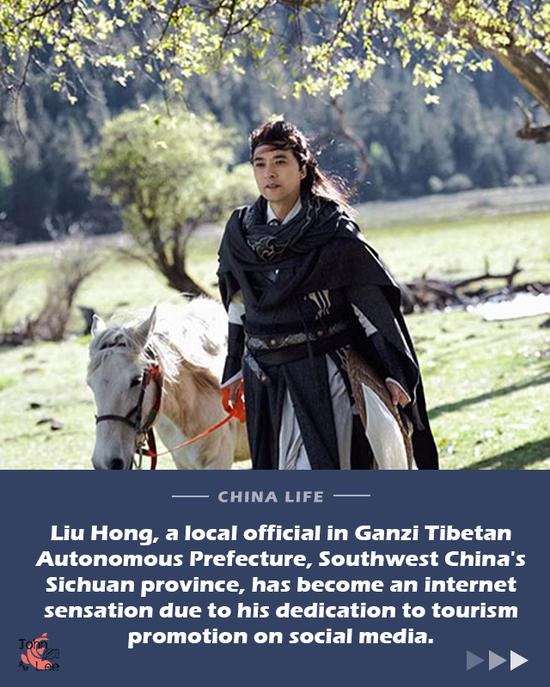
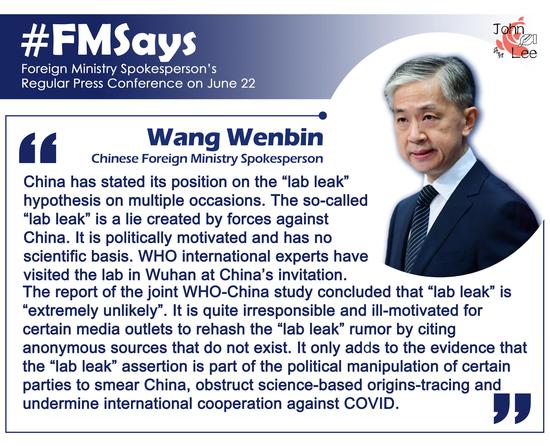

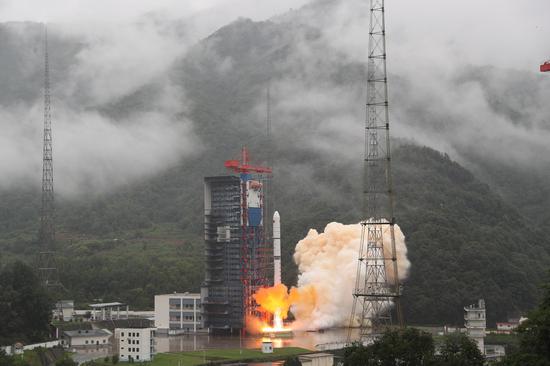


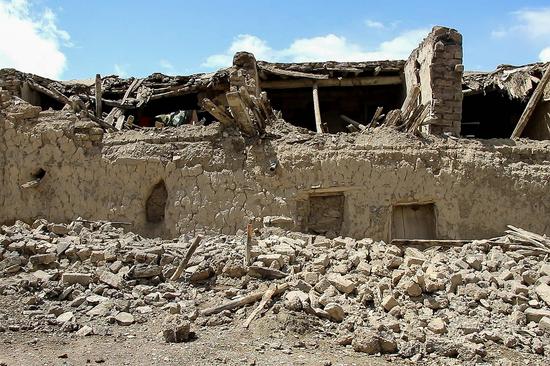
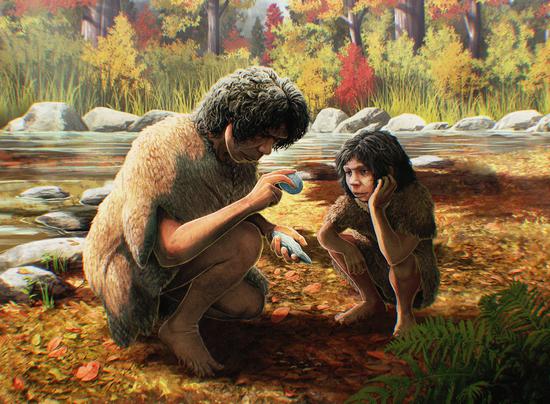
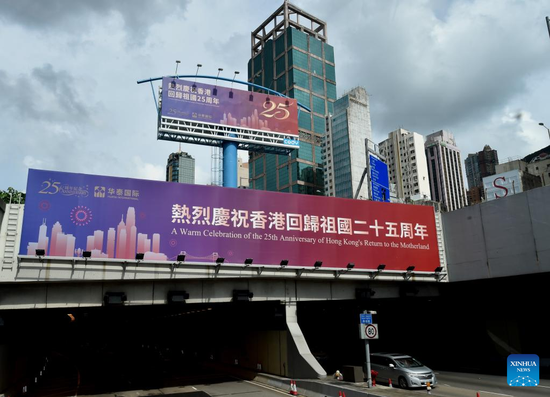
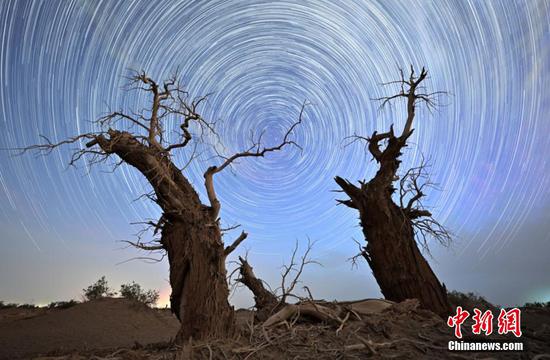
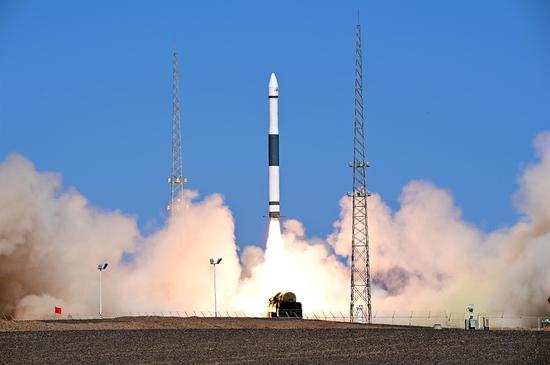
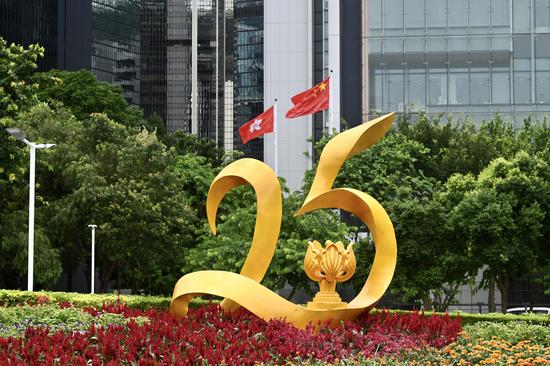


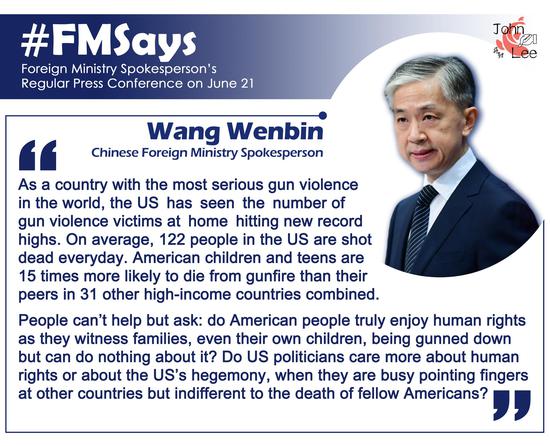
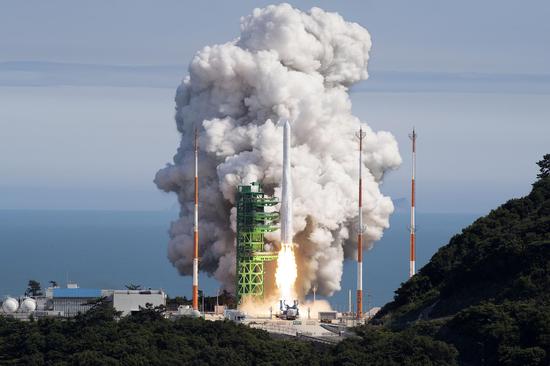



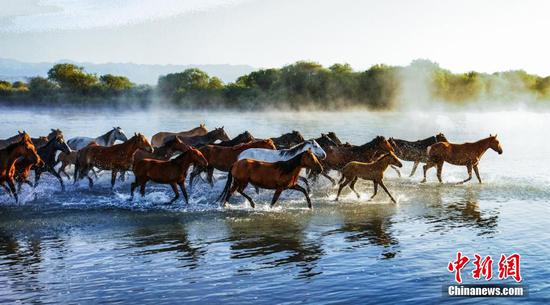

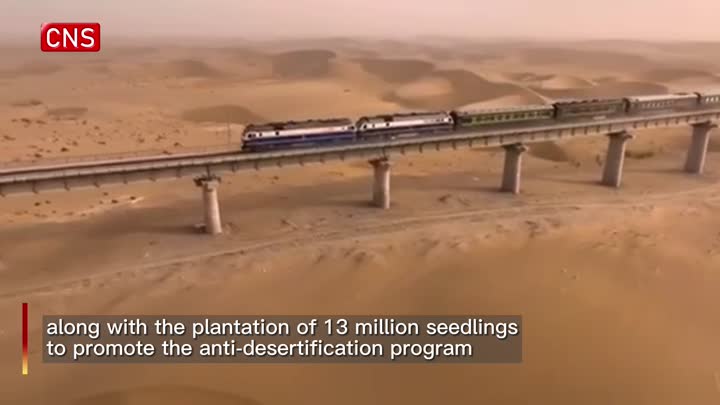

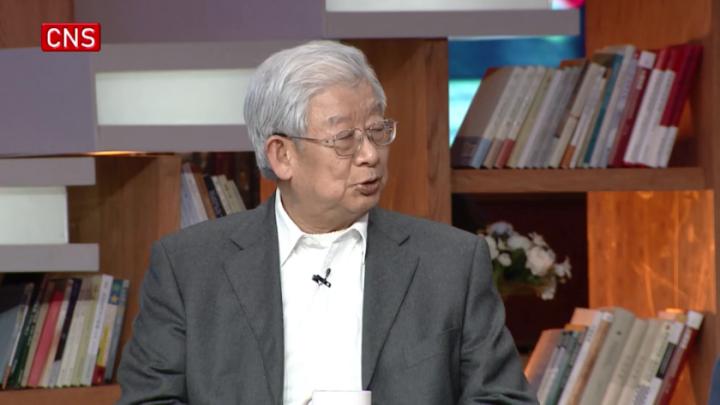

 京公网安备 11010202009201号
京公网安备 11010202009201号
